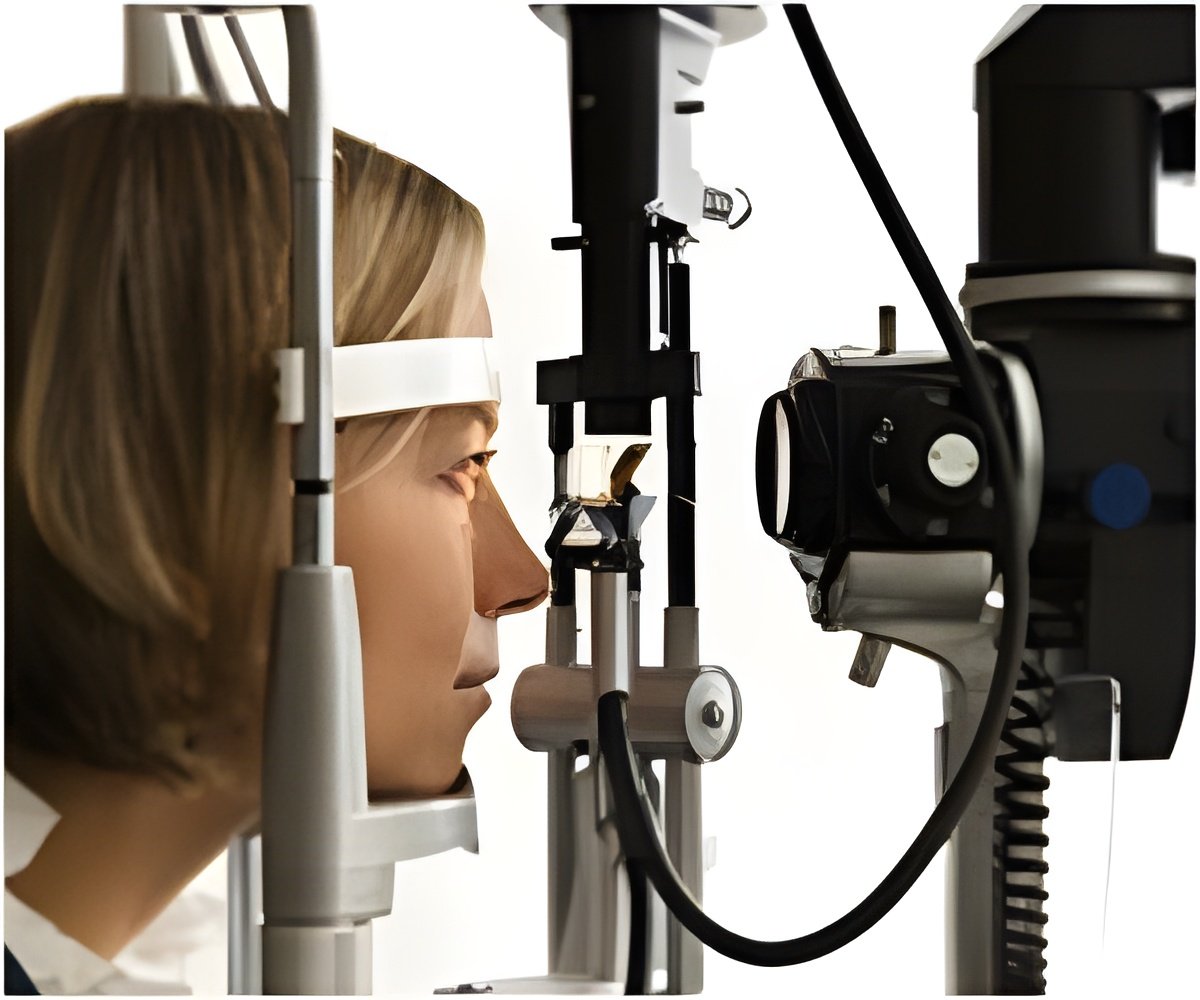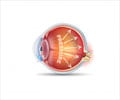Report says in patients with glaucoma, frequent visual field testing may be associated with earlier detection of the condition's progression

Kouros Nouri-Mahdavi, M.D., M.Sc., and colleagues from the Jules Stein Eye Institute, University of California, Los Angeles, examined data from the Advanced Glaucoma Intervention Study (AGIS). They selected 468 eyes of 381 patients ages 35 to 80 years with primary open-angle glaucoma no longer controlled by maximally tolerated medical treatment. Participants had a baseline visual field AGIS score of 16 or less, at least three years of follow-up and at least 10 visual field examinations with a reliability score of two or less. Researchers included all visual field tests performed within the first year of follow-up as well as the last available visual field tests. In addition, they assembled a low-frequency data set by deleting, for one group, every other visual field test from the second year of follow-up onward; and a high-frequency data set for which none of the visual field tests were deleted. The researchers compared the two data sets in terms of the proportion of progressing eyes and the time to progression.
Patients were followed up for a median of nine years (the range was 3.2 to 13 years). The high-frequency data set had a median number of visual field examinations of 20; for the low-frequency data set, this median number was 12. Researchers determined that the high-frequency data set was more likely to detect progression. Improvement was also detected in some eyes. When data were censored (curtailed to account for partially unknown values) at five years, the results did not change significantly.
"In summary, we found that a twice-yearly schedule of visual field testing resulted in earlier detection of glaucoma progression compared with a yearly schedule, especially with global trend analyses," write the authors. "Validation of these findings in other patient populations would be desirable. Our results have significant health care policy implications with regard to determining the frequency of visual field testing in patients with glaucoma."
Source-Eurekalert













